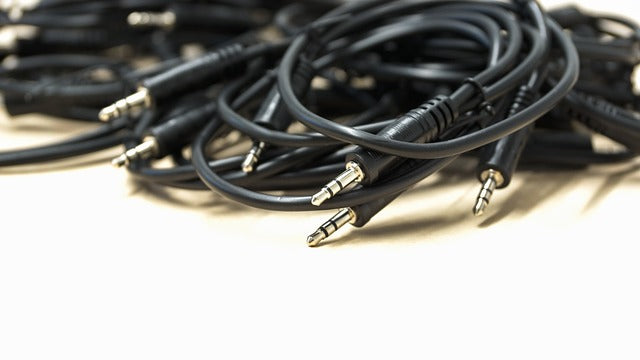Straight wires
by Paul McGowan
The many-decades-old term "Straight Wire" wasn't referring to a wire without kinks. Instead, it meant that the music passed straight through the wire without affectation. The first time I heard it was from reviewer J. Peter Moncrief of I.A.R.. (though I believe he borrowed the term from designer Stuart Hegeman of Harmon Kardon).
Peter had devised a test that compared the sound of music passed through a wire to that of an amplifier with gain. The idea was a simple one. If you could gain match the amplifier to the wire and audition the differences you might be able to judge the amp's performance. He called it his straight wire with gain test. He wasn't alone. Stereophile founder and reviewer J. Gordon Holt standardized a similar test he called his A/B Bypass Test.
The long and short of these tests were to make certain there was nothing added nor removed from the purity of the musical signal. This was a great idea if that's what you were aiming for. But there were wrinkles. The first problem was the very act of gain matching equipment has an impact on sound quality. Next came the problem that units passing the straight wire test didn't always sound as good as others that contained slight colorations. Then the kicker came when we realized wires too had a sound to them.
In the end, we have to go back to what we know the best. We need to trust our senses and memories to use as a reference. We need to attend concerts and recitals and sharpen our memory of what real music, unamplified and unaided by microphones and mixing boards, sound like.
Then, we can bypass all the wires—straight or otherwise—and simply use the two little appendages alongside our heads to determine what's right or wrong.
Simple, no?
- Choosing a selection results in a full page refresh.
- Opens in a new window.








